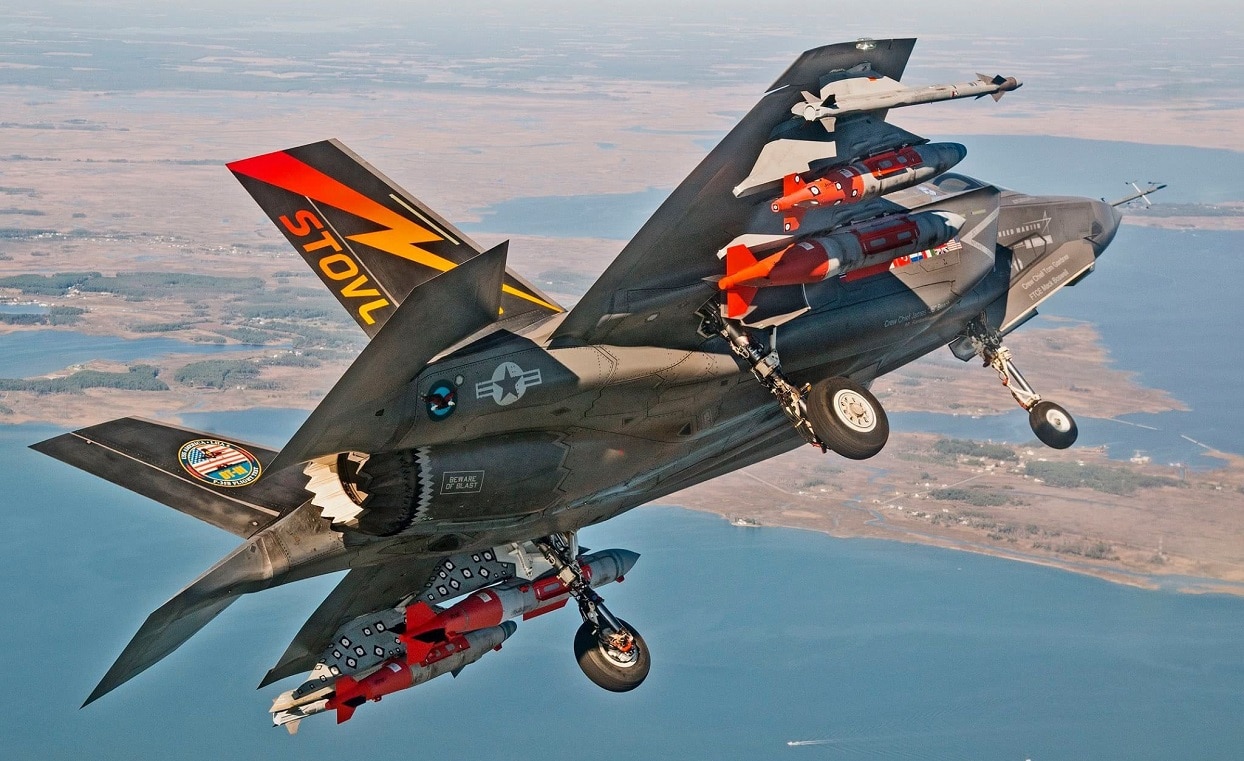The Elegant F-35 has a “Beast Mode” – The F-35 is commonly perceived as an elegant, sophisticated fighter, designed with futuristic features emphasizing stealth and surgical precision. The perception is accurate to a point. Yes, the F-35 is a fifth-generation stealth fighter, built around a supercomputer that enables advanced network connectivity and data sharing. But, the F-35 is a versatile, multi-role fighter after all, and when needed, can convert to a simple, brutish “bomb truck,” – in a configuration informally known as “Beast Mode.”
The F-35 was designed as a stealth fighter, capable of penetrating contested air space and attacking ground and air targets, without being detected, for the purpose of establishing air superiority. To operate in stealth mode, one of the features the F-35 relies on is an internal weapons bay.
An internal weapons bay allows an aircraft to carry weapons without mounting them externally, where they would increase an airframe’s radar cross-section and degrade stealthiness.
Said another way, attaching harshly angular bombs and missiles under your wings and fuselage will ping enemy radar. So, the F-35 (and F-22) typically carry their weapons load internally, within their smooth, radar-evading fuselage. Of course, only so much weaponry can be packed into an internal weapons bay. In stealth mode, the F-35 can carry a very limited quantity of weapons.
The F-35 is limited to just 5,700 pounds of internal ordinance in stealth mode. For air-to-air missions, that’s just four AIM 120 AMRAAM missiles. And for air-to-air and air-to-surface hybrid missions, that’s just two AMRAAM missiles, plus two GBU-31 JDAM bombs.
Not much. But at times, its necessary to evade detection. Yet, as a conflict progresses, and an enemy’s anti-air systems (i.e. sensors, air defense missiles, gun systems, and enemy aircraft) are destroyed, stealth mode loses relevance. And when stealth is no longer required, the F-35 recognifigures into “Beast Mode,” to maximize its firepower.
In Beast Mode, the F-35 can carry roughly four times more ordinance than in stealth mode. Using the internal weapons bay, plus external mounts, the F-35 can handle 22,000 pounds of weaponry. For air-to-air missions, that’s 14 AIM-120 AMRAAMs and two AIM-3x Sidewinder missiles.
The F-35 can pack two AMRAAMs, two Sidewinders, and six JDAM 2,000-pounders for hybrid missions. Beast Mode, indeed. Of course, when packed to the gills, the F-35s operational range is halved from about 2,800 kilometers to 1,400 kilometers.
For an airframe designed around stealth technology to sacrifice its stealthiness and serve as a bomb truck – a role clunkier aircraft like the F-15 or the B-1 are entirely capable of handling – may seem counterintuitive.
But that scenario makes more sense than only using the F-35, a program estimated to cost taxpayers $1.7 trillion, in just the first few days of a conflict before air superiority is established – or alternatively, send the F-35 on bombing runs with just 5,700 pounds of ordinance.
For the US, which has a habit of both invading and then sticking around for long-term occupations, the F-35 needs to be able to contribute to the entire range of missions across the tactical spectrum.
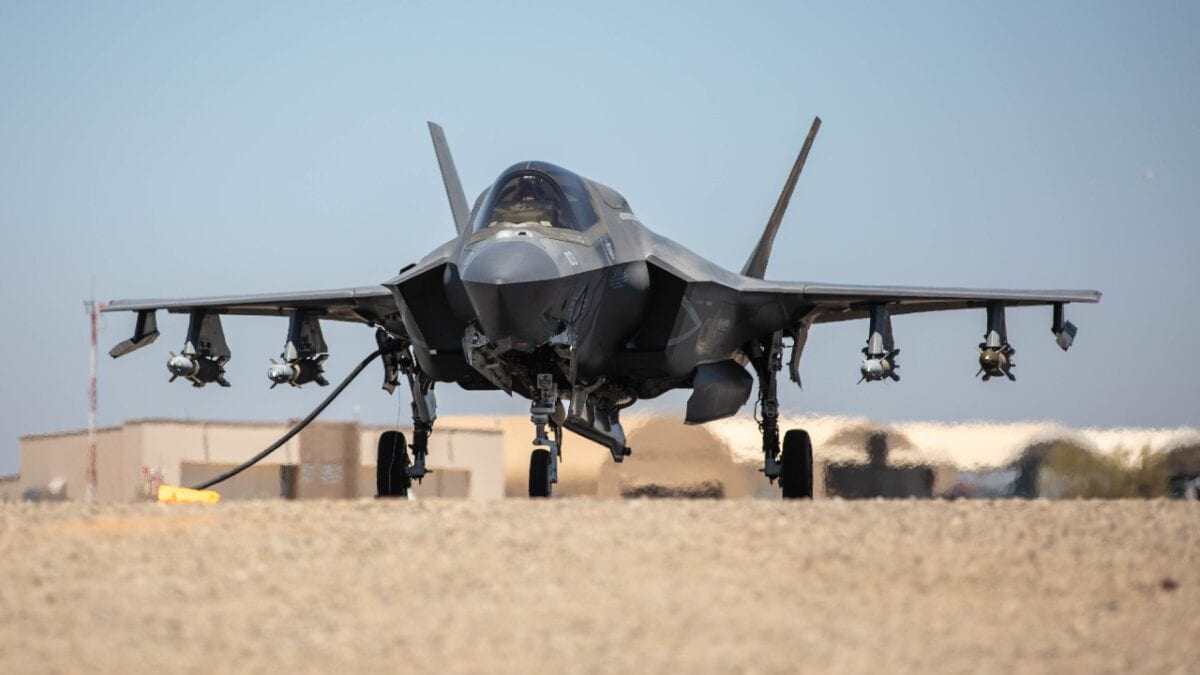
U.S. Marines with Marine Wing Support Squadron 371 , Marine Air Control Group 38, 3rd Marine Aircraft Wing (MAW), refuel a U.S. Marine Corps F-35B Lightning II with Marine Fighter Attack Squadron 225, Marine Aircraft Group (MAG) 13, 3rd MAW, on a Forward Arming and Refueling Point at U.S. Army Yuma Proving Grounds, Yuma, Arizona, May 23, 2022. The weapons configuration consists of six inert GBU-12 bombs, four mounted onto the wings and two loaded into the weapons bay, as well as an AIM-9X air-to-air training missile. MAG-13 forces are capable of conducting Offensive Air Support, Antiair Warfare, and Aviation Reconnaissance from expeditionary sites in any clime and place. (U.S. Marine Corps photo by Sgt. Samuel Ruiz)
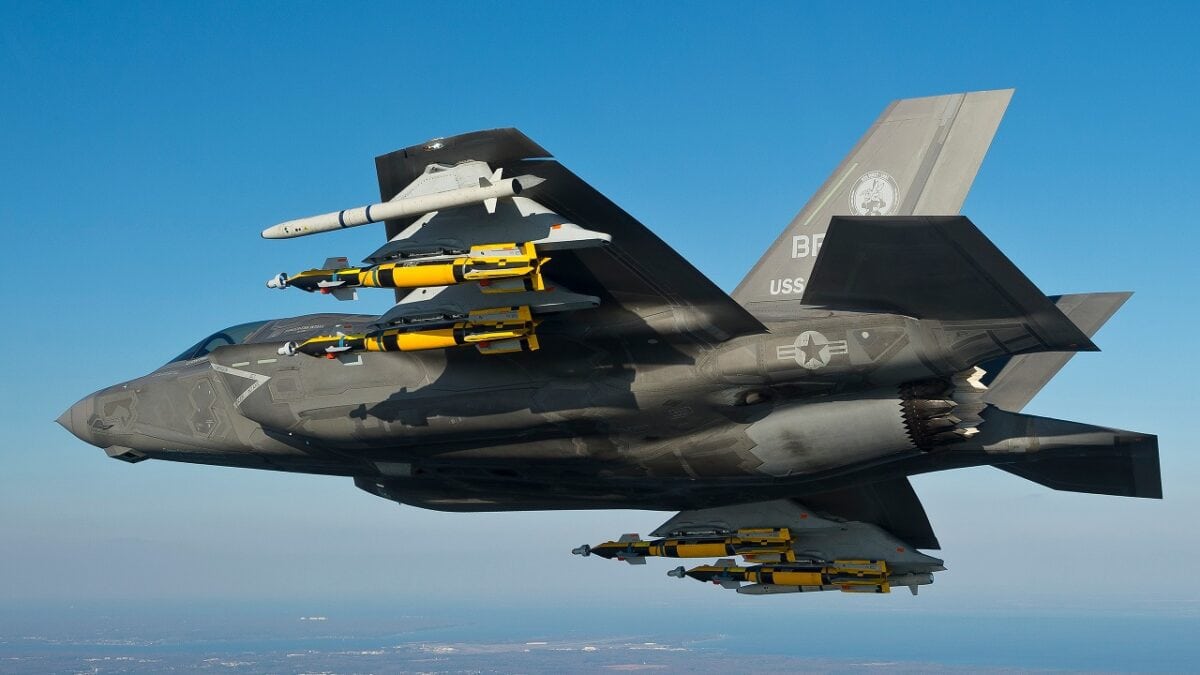
F-35 Joint Strike Fighter. Image Credit: Lockheed Martin.
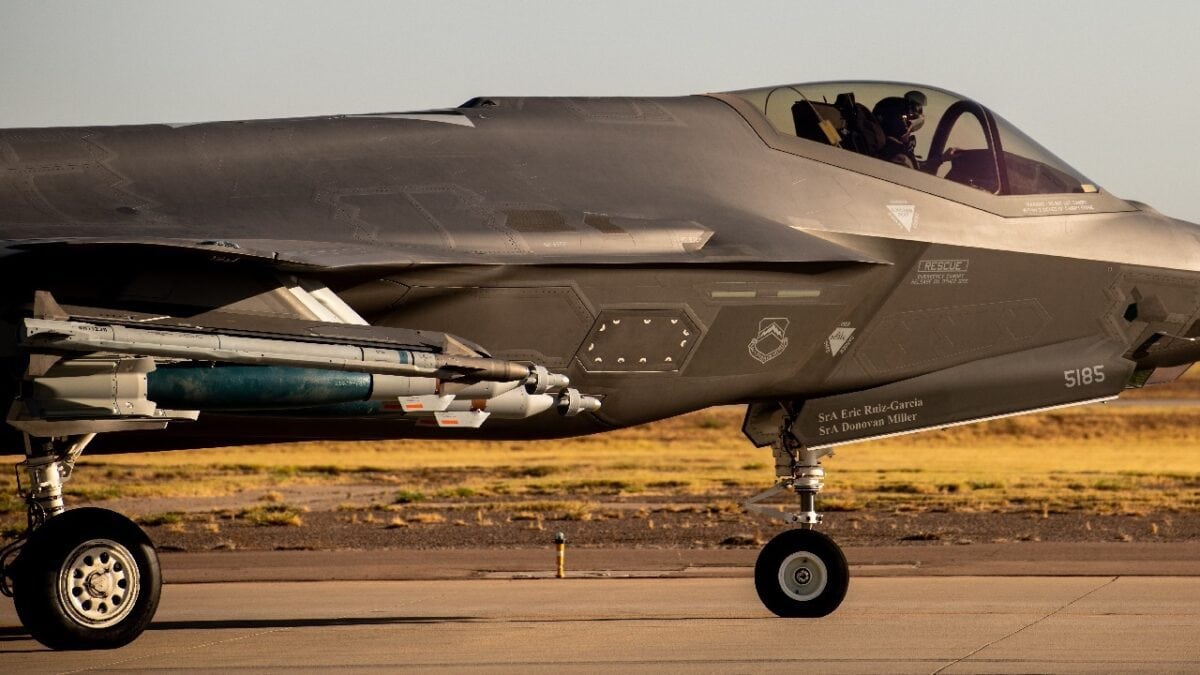
An F-35A Lightning II taxis down the flightline in a Beast Mode weapons configuration July 22, 2020, at Luke Air Force Base, Ariz. The weapons configuration consists of six inert GBU-12 bombs, four mounted onto the wings and two loaded into the weapons bay, as well as an AIM-9X air-to-air training missile. The Beast Mode weapons configuration provides F-35 B-Course student pilots with the additional training and experience needed for potential combat sorties and helps train the world’s greatest F-35 pilots and combat ready Airmen. (U.S. Air Force photo by Staff Sgt. Alexander Cook)
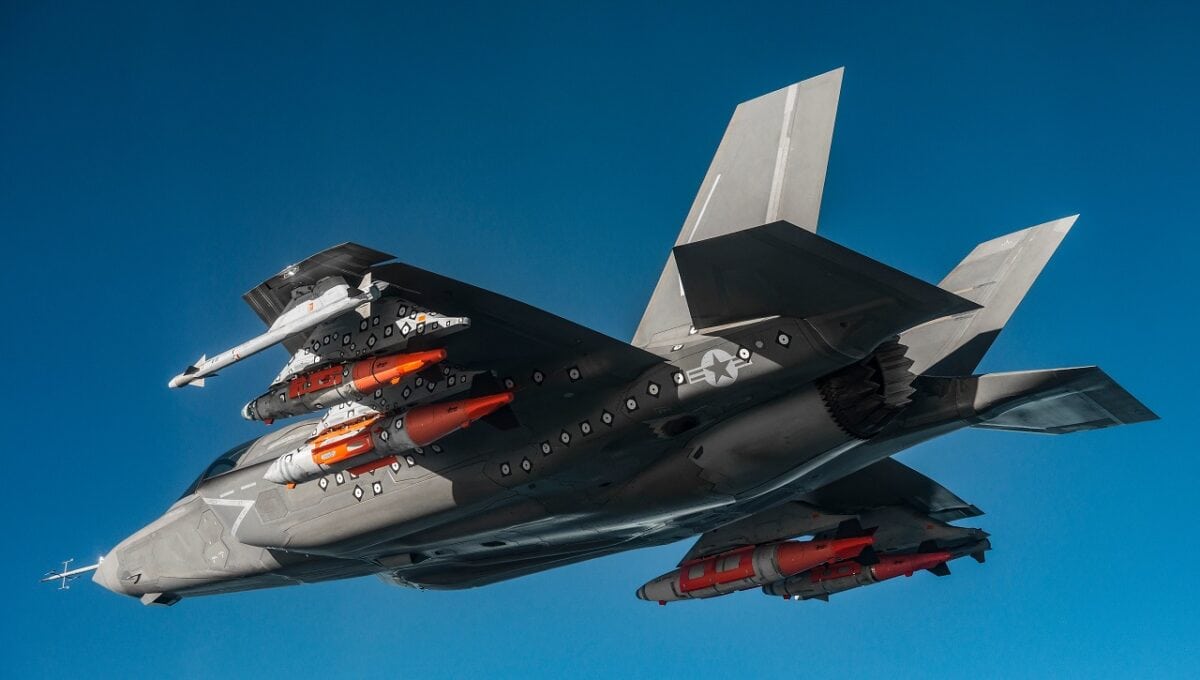
Beast Mode F-35. Image Credit: Creative Commons.

F-35 image. Image Credit: Creative Commons.
Harrison Kass is a Senior Defense Editor at 19FortyFive. An attorney, pilot, guitarist, and minor pro hockey player, he joined the US Air Force as a Pilot Trainee but was medically discharged. Harrison has degrees from Lake Forest College, the University of Oregon School of Law, and New York University’s Graduate School of Arts & Sciences. He lives in Oregon and regularly listens to Dokken.

